Every hockey fan knows what the Stanley Cup is and hopes that their team will bring it home. Some even hope to be able to lift the coveted silver cup above their heads.
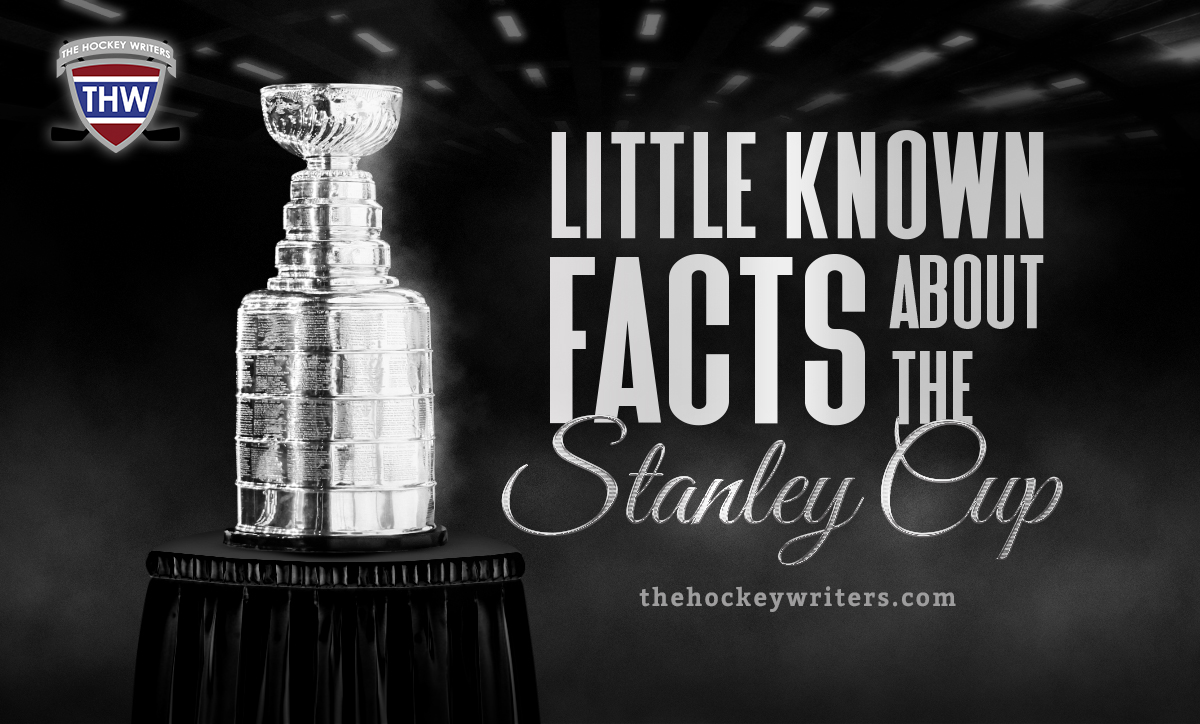
What a lot of people don’t think about is the history behind the Cup. Most hockey fans know that Lord Stanley of Preston purchased the Cup and that every year one team wins it and now gets to take it back to their hometowns. But what about little-known facts. Like the fact that two babies were baptized in the Cup. Or how many women have their names on the Cup? And which team forgot they even won the Cup?
If you’re into visuals then check out this infographic that is all about Stanley. For the rest of you, here’s some new knowledge for you to dole out next time you converse about the chalice.
Let’s start out with the basics.
Who was Lord Stanley and Why Does He Have A Cup?
Lord Stanley of Preston, who was Governor General of Canada in 1892, bought the Cup on a trip to London. Three years earlier, at the Montreal 1889 Winter Carnival, he and his family fell in love with the sport of hockey. Lord Stanley decided to donate the Cup to Canada’s top amateur hockey team.
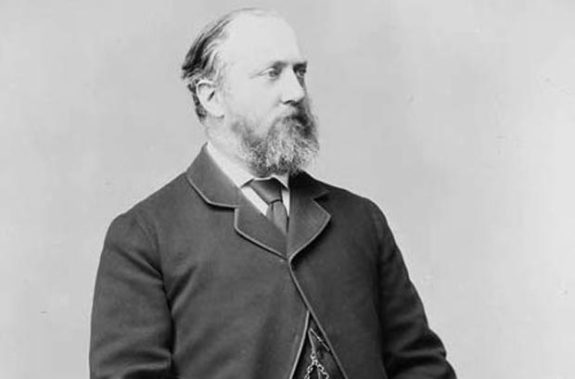
The first names etched on the Cup belonged to the 1893 Montreal Amateur Athletic Association. The Cup has come a long way since then. Since 1926, it’s been awarded to the top professional team in the National Hockey League.
How Many Cups?
While two Stanley Cups get the chance to meet people, there are actually three. The original is held in the Vault Room at the Hockey Hall of Fame. The above photo is of the original 1892 Cup known as the Dominion Hockey Challenge, which was awarded until 1970.
Why did the Cup change? In 1963, NHL President Clarence Campbell thought that the Dominion Cup had become too brittle to constantly be passed about so he created the ‘Presentation Cup’ which is the Cup that we know and love today.
The third Cup, known as the ‘Replica Cup’ is an exact duplicate of the Presentation Cup. It was created in 1993 by Montreal silversmith Louise St. Jacques. It is used as a stand-in at the Hall of Fame when the Presentation Cup is not available. So if you’re visiting the Hall of Fame during the summer chances are you are going to be seeing the Replica Cup.
How Heavy is the Stanley Cup?
The current Stanley Cup, which is a replica of the original bowl with newer bands below, weighs in at 34.5 lbs. or 15.5 kgs.
How Old Is the Stanley Cup?
The Stanley Cup is 124 years old, first being awarded to the Montreal Hockey Club in 1893.
What Sets Stanley Apart?
True hockey fans will be the first to say that their sport has the best trophy. The truth is, we do. For one thing, the Stanley Cup goes to the players first, instead of the owners. You may even notice some coaches step back and let their players raise it first. Coming in at 34.5 pounds and standing at 35.25 inches it is truly something that you have to lift above your head.
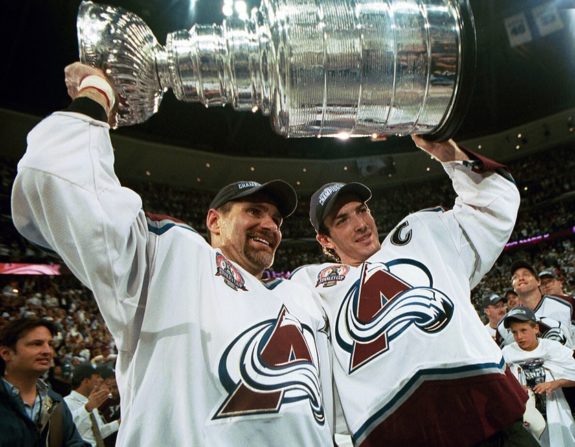
The Stanley Cup you see is the same Stanley that Wayne Gretzky and Mario Lemieux have lifted above their heads. Unlike other teams, a new trophy is not made every year. Instead, players get to raise the exact Cup they dreamt of raising as children. The Cup also gets the names of players, coaches, management and staff of the winning team permanently engraved on them. If you win the Cup, your name will go down in hockey history.
The players actually get the Cup for a day. Unlike other sports, the players themselves get to take the Cup to their hometown and enjoy a day with it. The NHL allows the winning team to spend 100 off-season days with the Cup, but who was the first to give each player a day with it?
That was the 1994-95 New Jersey Devils who made the tradition what we know today. They started giving it to each player and front office member for a day. Since the Devils won the Cup again in 2003, the Hall of Fame has been keeping a journal of Stanley’s travels.
Where’s Stanley?
Stanley has been all over the world — even to Afghanistan — all accompanied by its keeper, of course. Phil Pritchard has been the keeper of the Cup since 1991 and travels everywhere the Cup goes. His journeys with the Cup can be found on his Twitter.
When Lord Stanley donated the Cup he made sure to mandate that two trustees would always ensure that the Cup remained safe. Currently, Brian O’Neill and Ian Morrison are those two trustees and have absolute power over all matters regarding the Stanley Cup. When handling the Cup, these men always wear white gloves.
Of course, that is not to say that others wear the gloves, or that the Cup has always remained under the eye of its supervisors. In fact, during the 1962 playoffs, a Canadiens fan named Ken Kilander tried to steal the Cup and just walk out of the door with it. His response, ‘I want to take it back to where it belongs: Montreal.’
While Montreal fans may not forget about the Cup, but two Montreal teams sure did. First, the 1907 Montreal Wanderers left it at the home of their team photographer. The photographer’s mother, not realizing it was the Dominion Cup, decided it would be a good flower pot until the team came back to get it. The Wanderers, as it so happens, are one of only two teams to have their names engraved on the original bowl of the Cup.
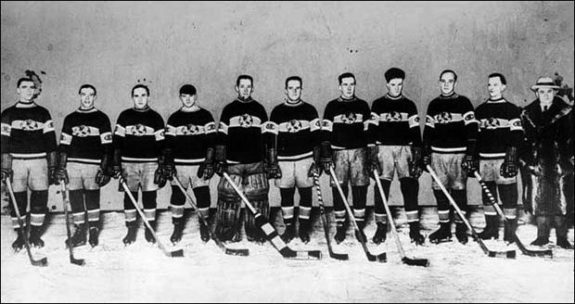
Several years later, the 1924 Canadiens forgot it on the side of the road. They had gotten a flat tire and took the Cup out of the car to change the tire. This would not have been memorable had they not forgotten the Cup on the side of the road. The team realized it was missing and had to go back and get it. Luckily for them, the Cup was sitting on a snow drift right where they left it.
Since Pritchard took over Cup-keeping duties in 1991, the Cup has been able to have some summer fun in a pool on at least three occasions. The first was when the Penguins won the Cup in 1991.
Mario Lemieux was holding a team party at his house when the old two-niner, Phil Bourque, decided he wanted to see if the Cup could float. It could not; it sank to the bottom of Mario’s pool. It was quickly recovered but took another swim two years later. This time ending up at the bottom of Patrick Roy’s pool.
It was when Dominic Hašek won the Cup in 2002 that Phil Pritchard finally had enough of swimming with Stanley. When Hašek tried to take the Cup for a swim, Pritchard demanded that he dry off the Cup and give it back, ending Hašek’s day early.
At least swimming with Hašek was better than spending an entire night in the Ottawa Canal. When the Ottawa Hockey Club won the Cup in 1905 they had a little too much ‘fun’ to drink and decided to try out some soccer skills. The Cup was much smaller then and ended up getting kicked directly into Ottawa’s Rideau Canal. In their drunken state, the players forgot about the Cup until they sobered up the next day. When the Cup was recovered it was handed over to Harry Smith, the most responsible man on the 1905 Ottawa team.
What’s In a Name?
There are over 2,300 names on the Cup, and it is constantly changing. As new names are added, old rings are removed. The names of players between 1928-29 and 1953-54 are at the Hockey Hall of Fame. These are most of the names from the Dominion Cup.
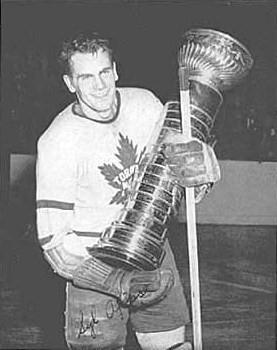
It was a streamlined Cup that would get a new band every year. It was originally called the Stovepipe Cup, but in 1948 it became too tall to hold and it became the tiered Cup we know today.
While we would want to think that the official engravers — there have only been four in the history of the Cup — are perfect, some names have been inscribed incorrectly. For five years, Jacques Plante’s name was spelled differently. Bob Gainey’s name was immortalized as Gainy. Even team names are not safe. The 1980-81 Islanders are the Ilanders and the 1971-72 Boston Bruins are Bqstqn Bruins. This misspelling is another way to tell the Presentation Cup from the Replica Cup. The names have been spelled correctly on the replica.
Only 52 names get to be on the Cup, and those names have to actually be members of the team although some exceptions have been made. The 1998 Detroit Red Wings had a player who was seriously injured in a car accident the year prior and allowed for his name to be placed on the Cup.
Some try to get around the rules. Peter Pocklington, owner of the 1983-84 Oilers tried to put his father’s name on the Cup and was caught. Instead of leaving it, they X’d out his name. On the replica Cup, Basil Pocklington’s name does not appear at all.
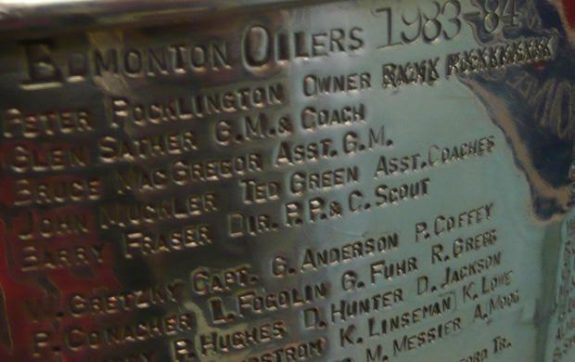
In other years, like during the 1919 Spanish Flu Outbreak and the 2004-05 lockout season, it simply says SEASON NOT PLAYED.
Twelve women have their names on the Cup. The first woman was Marguerite Norris, who was president of the Detroit Red Wings in 1954-55. Only one Canadian woman has her name on the Cup: Sonia Scurfield, co-owner of the Calgary Flames during their 1988-89 win.
Stanley Records
The youngest player to ever win the Cup was Larry Hillman. He was just 18 years, 2 months, and 9 days old when the Detroit Red Wings won the Cup in 1955.
Chris Chelios was the oldest player to win the Cup. He was 46 years, 6 months when he won the Cup with Detroit in 2008.
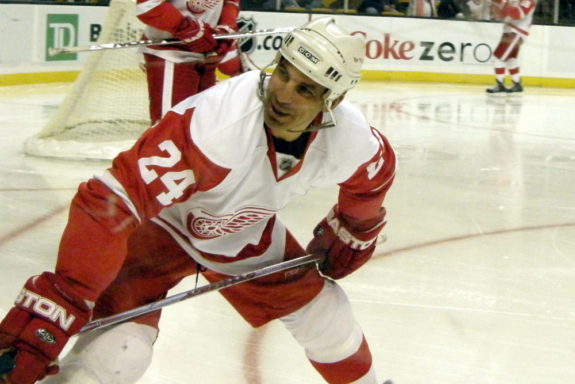
Henri Richard, brother of Maurice Richard, has his name on the Cup 11 times as a player.
Scotty Bowman has his name on the Cup nine times as a coach, split between the Penguins, Red Wings and Canadiens.
The Montreal Canadiens are the winningest team in Cup history with 24 Stanley Cup victories to their name. They won it five years in a row between 1956 and 1960. Only the 1976 to 1979 Canadiens and 1980 to 1984 New York Islanders have four consecutive wins.
The only eighth-seed team to ever win the Stanley Cup were the 2012 Los Angeles Kings.
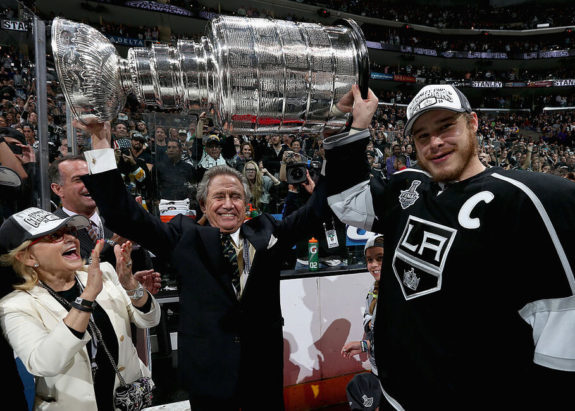
Two babies have been baptized in the Cup. The first was Sylvain Lefebvre’s daughter, who was baptised after the Colorado Avalanche won in 1996. The second was Tomas Holmström’s niece. The Detroit forward allowed his cousin to baptize his seven-week-old daughter in the bowl when the Red Wings won in 2008.
The costliest celebration was the 2011 Bruins celebration at the MGM Grand at Foxwoods. They managed to rack up a $156,679.74 tab at the bar that was partially helped by a $100,000 bottle of champagne.
Written by former contributor Casey Bridge and originally published June 16, 2015.
